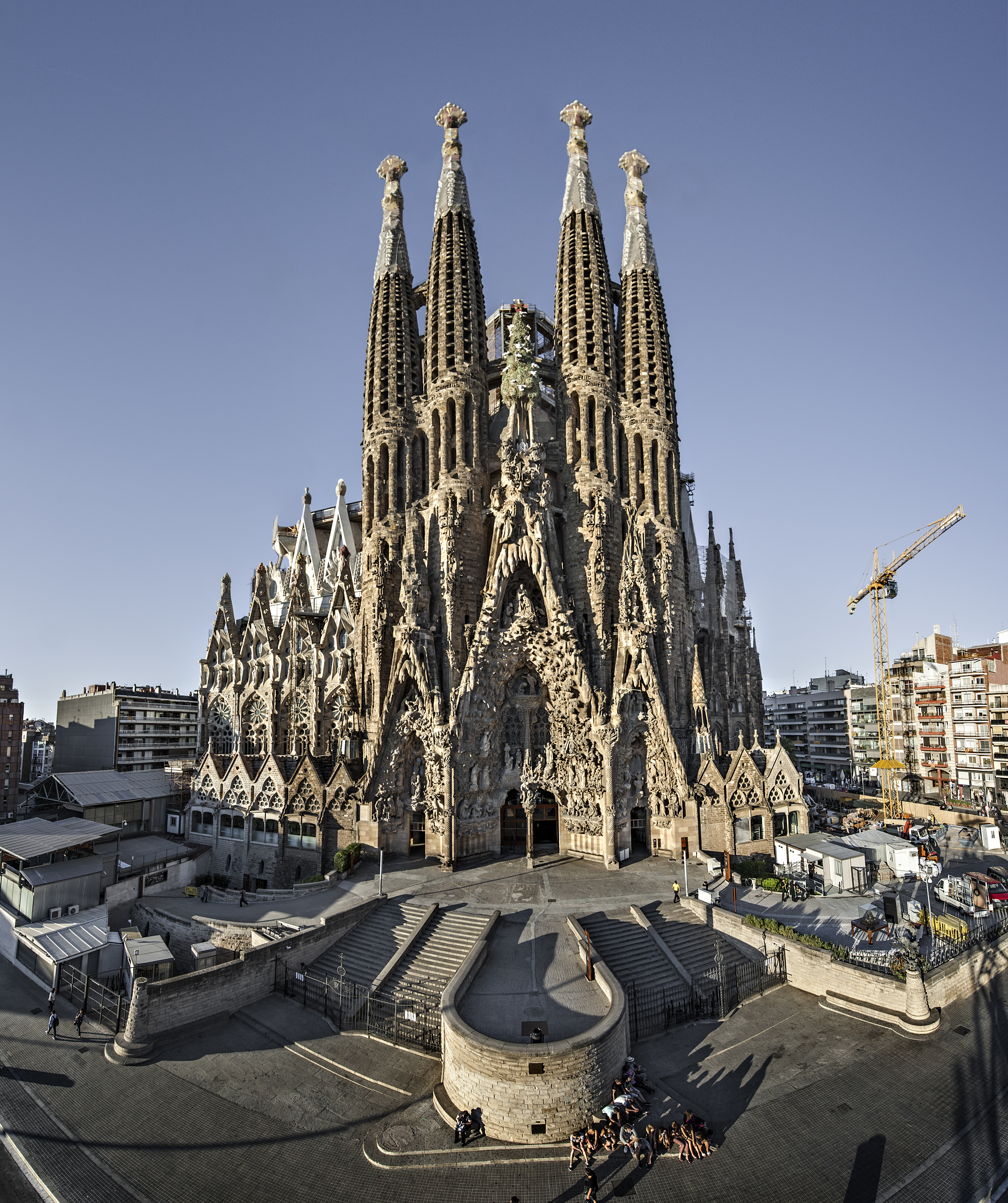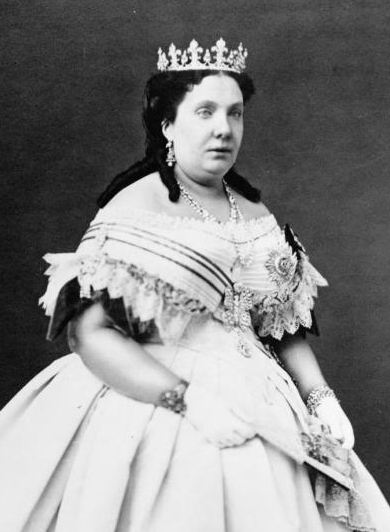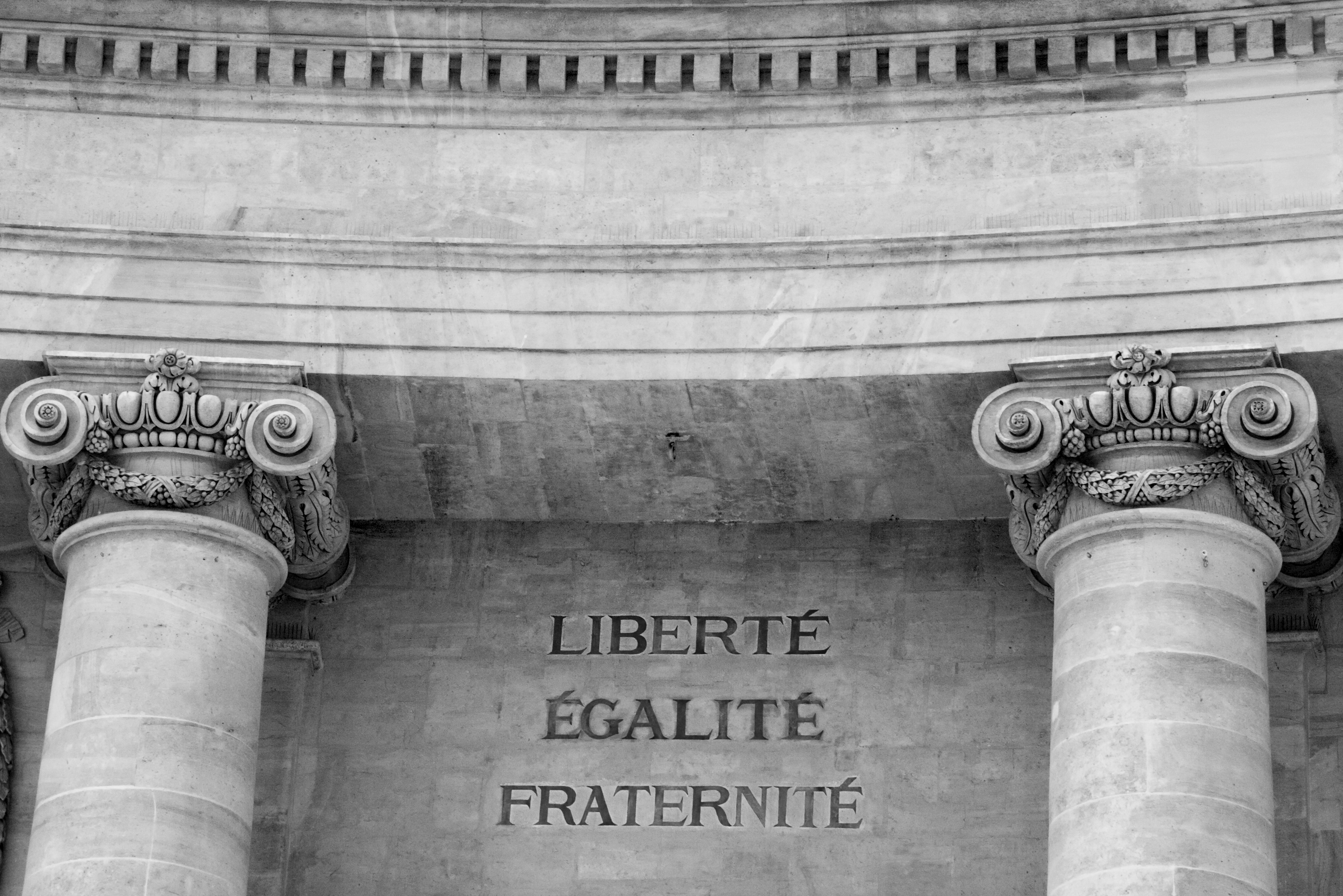Before the Industrial Revolution:
Society was divided into three groups – estates (it was difficult for people to change classes):
• The clergy, owned most of the land and had special privileges.
• The nobility, owned most of the land and had special privileges.
• Ordinary people, paid taxes and had no privileges.
After the Industrial Revolution:
There were three classes with big differences between them but no one was given special privileges:
• The upper class: rich factory owners and bankers and the nobility.
• The middle class (bourgeoisie): civil servants, lawyers, doctors, merchants and small landowners.
• The working class (proletariat): factory workers and peasants.
.jpg)









_by_Goya.jpg)



.jpg)
